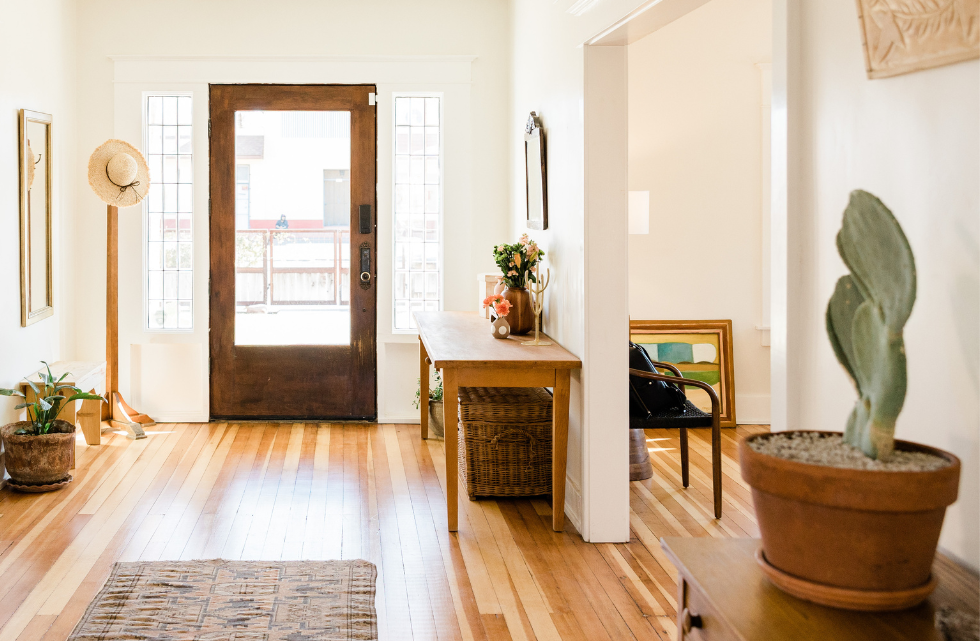Interest rates on home loans started rising toward the end of 2021. Since then, you may have heard about how a Temporary Buydown can provide some relief if you’re buying a home in a higher-rate environment.
This blog offers an example that illustrates the possible savings you can achieve with a 3-2-1 Temporary Buydown. But over the past year or so, we’ve been receiving requests for more information about this intriguing mortgage option.
Let’s take a deeper dive and answer the most frequently asked questions about Temporary Buydowns:
What is a Temporary Buydown?
A Temporary Interest Rate Buydown allows you to have a lower payment for the first 1, 2, or 3 years of your loan. This is accomplished by having an interested party to the transaction (seller, builder, real estate agent, or lender) contribute funds into an escrow account to pre-pay a portion of your mortgage interest.
Can I contribute a portion of the Temporary Buydown amount?
No. Not even one penny may come from you for this feature. That’s a good thing!
Is a Temporary Buydown the same as an ARM (adjustable rate mortgage)?
No. The interest rate is fixed for the entire 30-year period of your loan. This is what we call a permanent rate. The Temporary Buydown period funds are withdrawn from the escrow account established by the lender to offset a portion of your payment.
How much will a Temporary Buydown reduce my payment?
This will depend on the Temporary Buydown period, the permanent rate, and the amount you borrow. A commonly used program is a 2-1 Temporary Buydown. In this case, for the first year of your loan, your payment is based on a rate 2% lower than your permanent rate; for the second year, your payment is based on a rate 1% lower than your permanent rate; and for years 3-30, your payment is based on your permanent rate. The funds from the escrow account will cover the difference between what you pay for your temporarily reduced rate and your permanent rate.
Can I do this on any kind of loan?
Temporary Buydowns are available for primary residences financed with a Conforming, FHA, VA, and Jumbo loan. They are not allowed on loans for manufactured homes.
Do loans with a Temporary Buydown require a higher down payment?
No! You can put as little as 3% down in some cases. Most often, people put a minimum of 5% down on a Conforming loan and 3.5% down on an FHA loan.
What happens if I pay the loan off during the Temporary Buydown period?
The funds remaining in your escrow account that were not used toward your payments apply to your loan as a principal reduction that will reduce the balance of your loan. Nothing is lost!
What if I want a lower permanent rate?
Then you can have it! Although you are not allowed to pay for the Temporary Buydown amount, you can use the amount paid by an interested party to the transaction to buy discount points for a lower permanent rate. Or, if there is an excess contribution not used for the Temporary Buydown, those funds can also be applied to discount points. We can use a combination of both a Permanent Interest Rate Buydown (discount points) and a Temporary Buydown. They are not mutually exclusive.
Are there any additional requirements or restrictions I should know about?
You will need to qualify for the mortgage at the permanent rate for the loan. There is a Temporary Buydown agreement that you and the interested party providing the funds for the Temporary Buydown will need to sign during the transaction. This is a simple two-page form that acknowledges the amount required for the Temporary Buydown and indicating how the funds will be used for the first 1, 2, or 3 years of the loan. There is no “legalese” or anything scary about the form.
So what’s the catch? Why wouldn’t anyone want to do this?
Exactly! That’s what we say! It all depends on which option is best for your wants and needs: Temporary Buydown, Permanent Buydown, or even No Buydown with a reduction in cash to close. The choice is yours!
If you still have questions about Temporary Buydowns, contact a Homeowners Licensed Mortgage Professional today. We’ll help you decide if any of the available buydown options are right for you!





